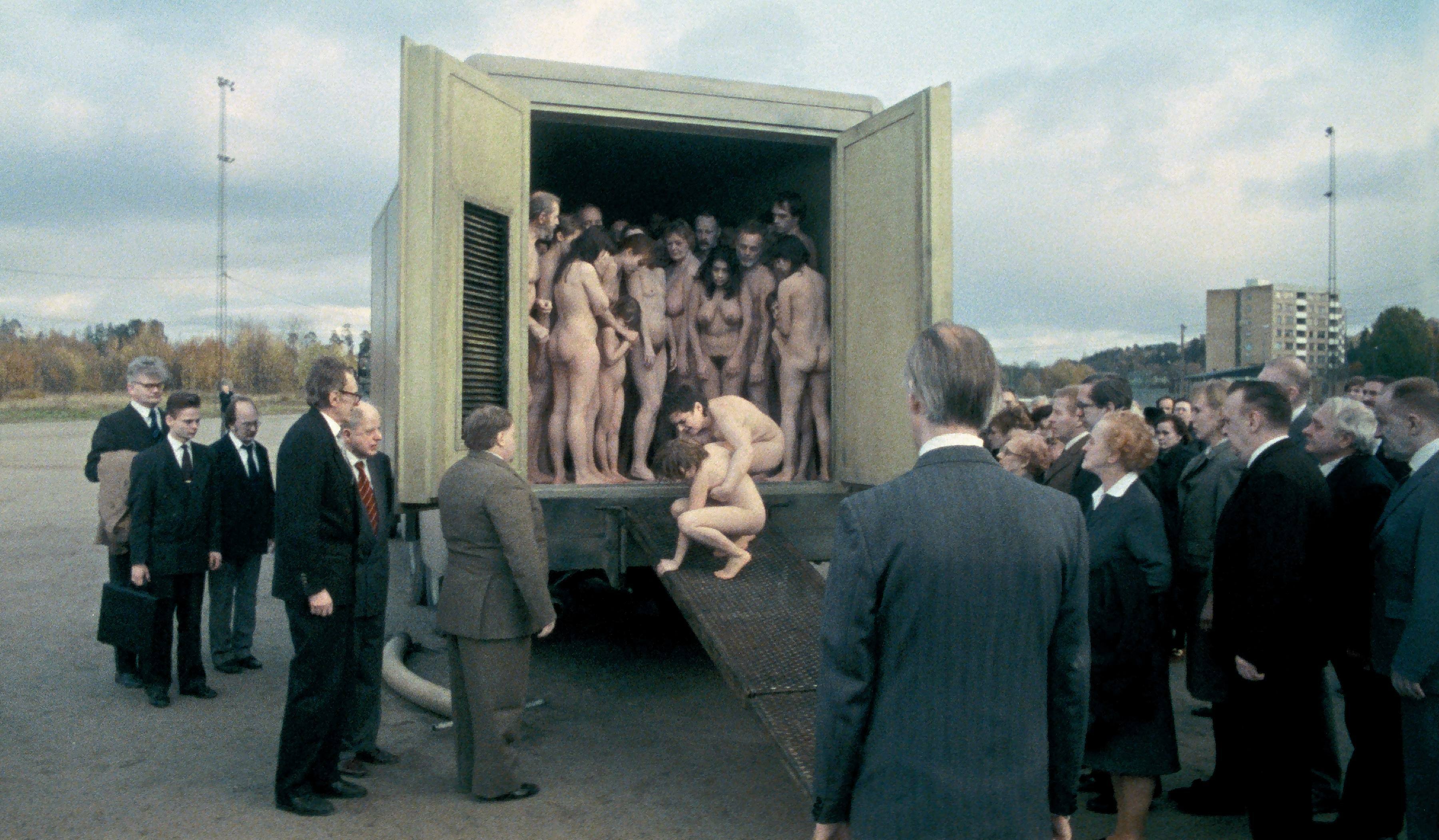Übergordnete Werke und Veranstaltungen
Beware of the Horizon
Personen
Media
The choice of these three works in this programme stems from a personal and visceral memory some thirty years ago. Disembarking from a plane in the late afternoon, hitchhiking through the night and being dropped off in a one-horse town (actually a garage and a house) called Darlington Point in New South Wales (Australia) at five in the morning. And doing what I had always done; calmly walking off in the direction of my destination, Adelaide, 900 odd kilometres away. While the temperature rapidly rose to the high forties, with neither food nor water, flies queuing up to enter every orifice, the semi-desert plain melted into a 360° mirage. Eleven hours later the eighth vehicle – in either direction – stopped. Strangely, or at least with hindsight, it wasn’t the physical conditions that proved problematic, but the total absence of a horizon. For someone raised in a country with an omnipresent skyline of mountains, a niggling sensation of fear gradually imbued my senses, leading to the loss of my visual bearings and a previously unknown debilitating disorientation. A sensation that bore no relation to common sense or to physical reality, or could even be rationalised. The memory of this fear led on to Simon Schama’s remarkable social, geographical, artistic and historical study, Landscape and Memory, in which he discusses at some length the origins of fear dating from the pre-medieval era of forests that protected Germany and Poland, both the populations and the wildlife, for centuries from marauders and plunderers.
Although not dealing specifically with forests or horizons these works are searching beneath their surfaces to disorient us, to question the physical materiality just out of reach in our daily lives.
The young Chilean artist, Carolina Saquel, who left Chile to continue her studies at Le Fresnoy, Studio national des arts contemporains in France, has in her latest work closely observed nature playing with the textures, tonality and rhythm of the image in order to allow the matter become narrative.
The Oslo based, English artist Greg Pope comes from a punk rock and performance background before becoming interested in filmmaking and film installations. The work in the programme is one of several that he has made in Norway, dealing as much with the landscape as the mechanisms of the film process itself.
Since her prize at the 1999 Venice Biennial with Consolation Service, and the installation version of Love is a Treasure at the 11th documenta in 2002, Eija-Liisa Ahtila is undoubtedly the star of the Finnish contemporary art scene. The stories that Ahtila tells through her films, videos and photos are based on research, on real and fictive events, the artist’s own experiences and memories or those of people she knows and complete strangers. In this particular context it’s not the five narrative stories that are the key factor. But the relationship between the medieval social order with the feudal and religious institutions on the one side and the forests which were “foris” on the other side. The “outside” where the outcasts, hermits, saints, misfits, robbers, lepers, the persecuted and the wild men lived. Outside of the law and human society one was in the forest.
Brent Klinkum



